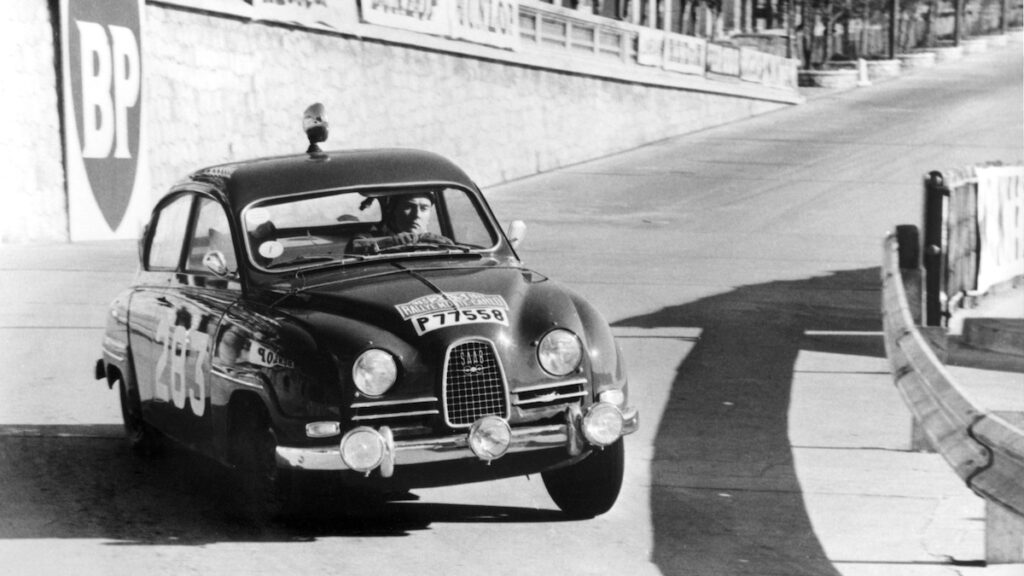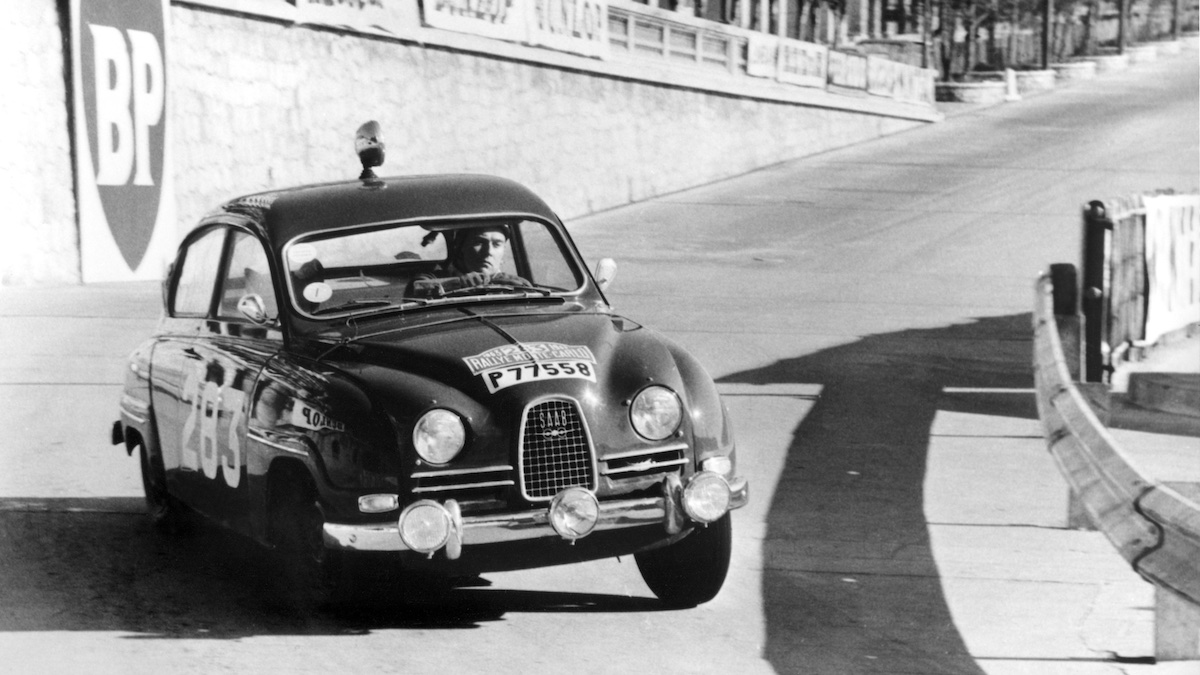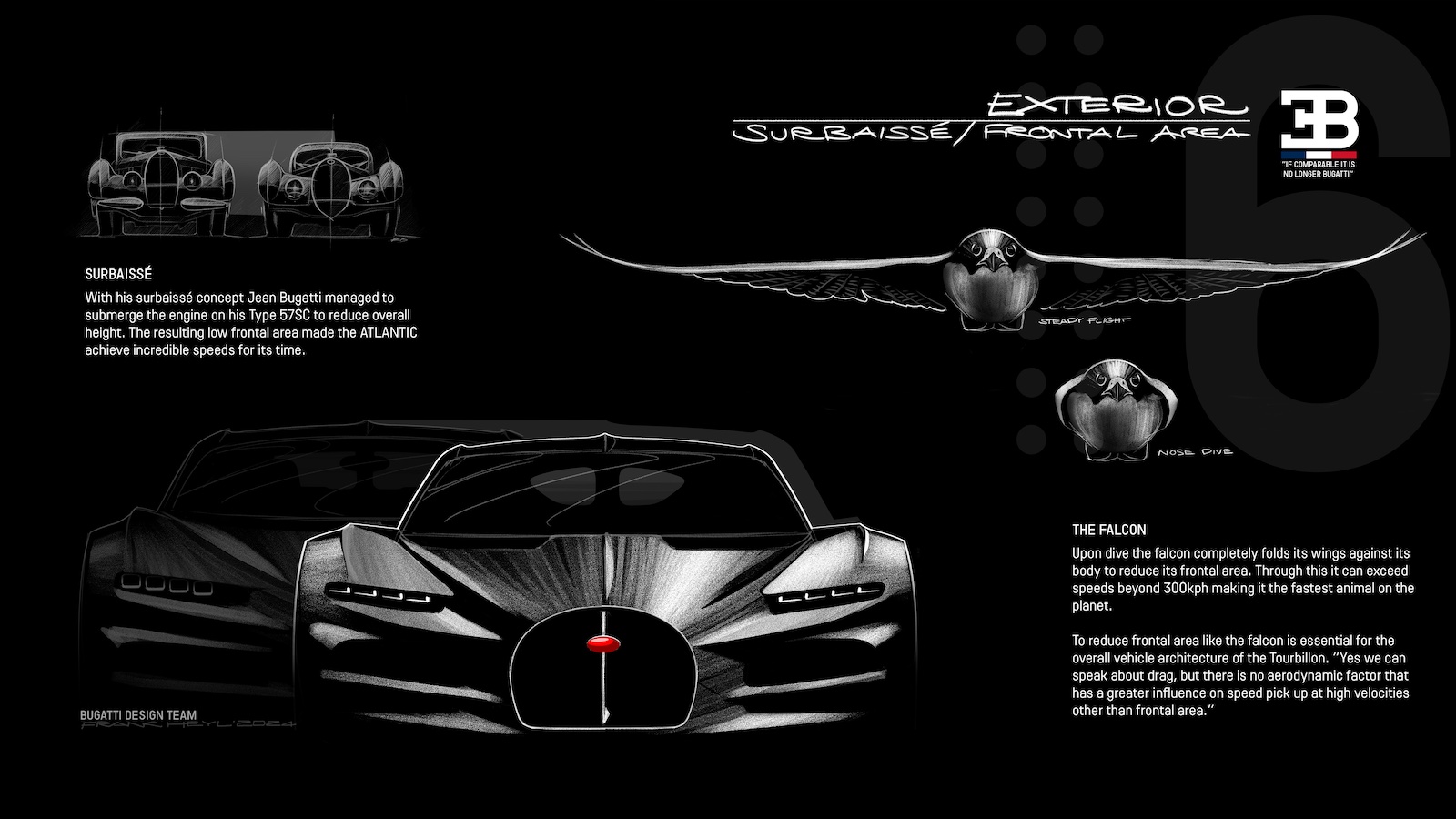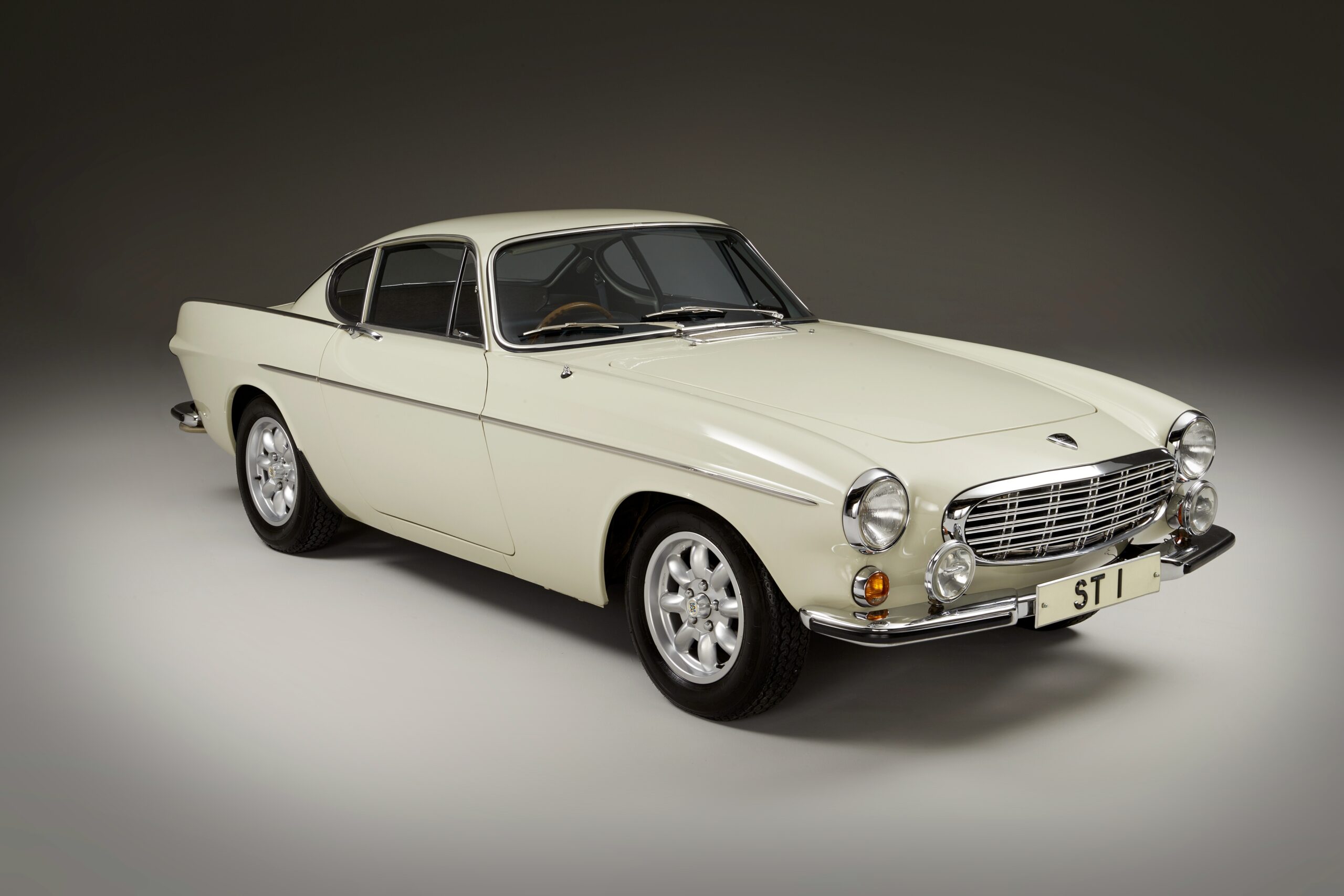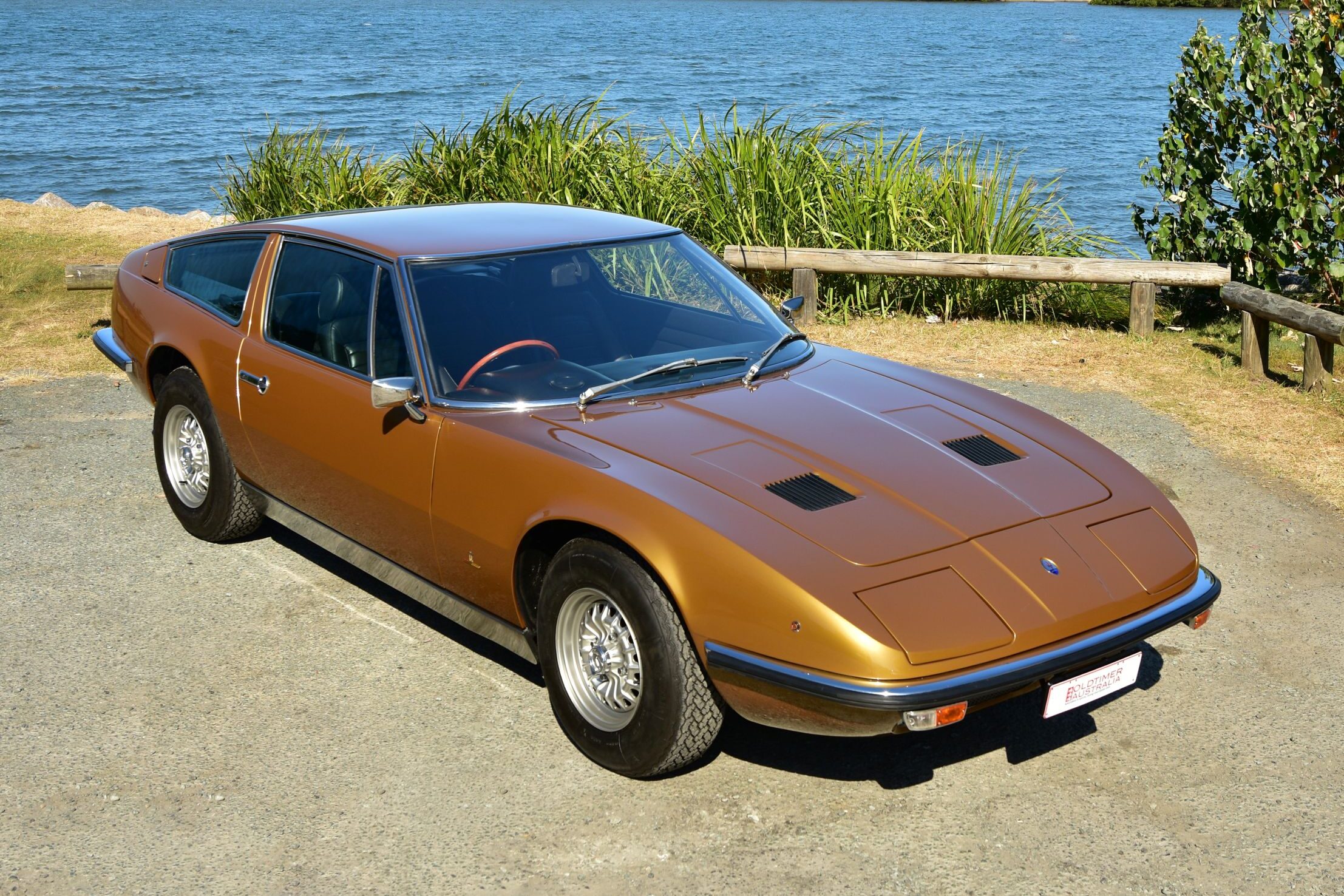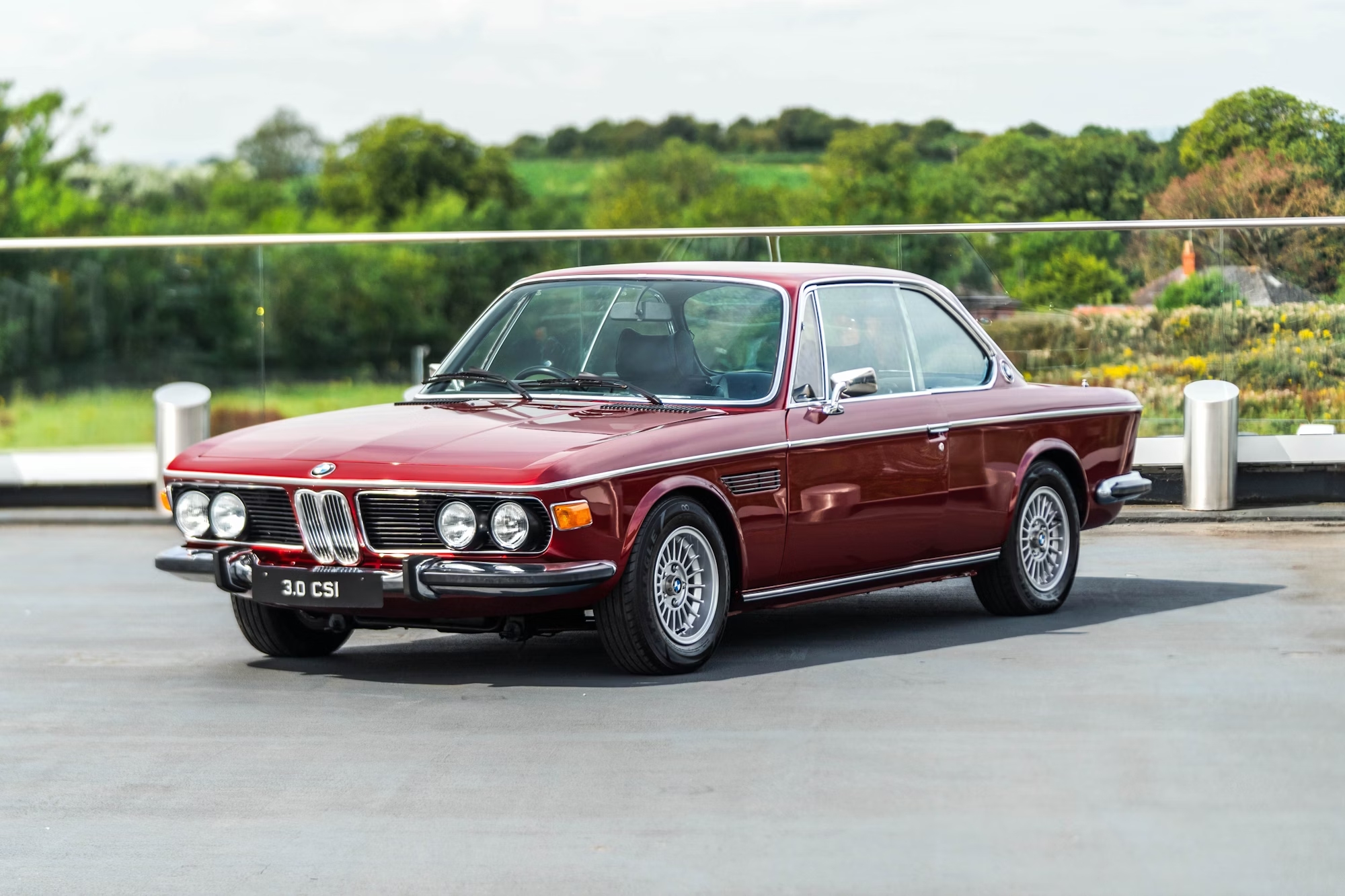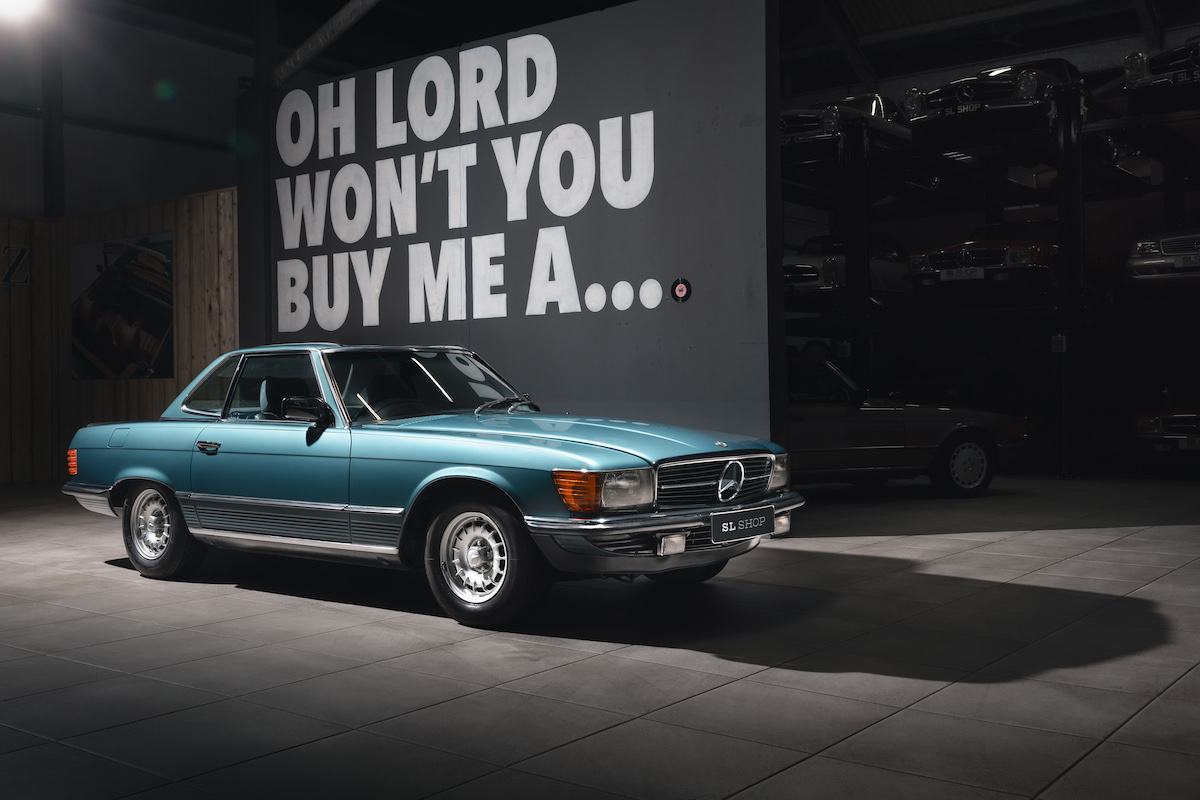From standing in a frosty Canberra forest watching Ford Escorts barrel down the notorious ‘Mineshaft’, to managing Subaru’s Championship-winning team during the 1980s, Cliff Chambers has a long association with rallying. Who better, then, to discuss the cars that have been most influential in the sport? This is part one of 10 in this series.
If the trees were covered in snow as was the track and away in the distance a highly-strung two-stroke engine howled incessantly, then the next vehicle into view would be a Saab of great significance to European rallying.
The Swedish aeronautic company had been building cars since 1949 – beginning with the 92, which was based on the Ursaab prototype – and involved with rallying from the early 1950s.
The Saab 92’s design was unique for the times, combining a beetle-shaped body, front-wheel drive, and a transversely mounted 764cc two-cylinder, two-stroke petrol engine that offered a mere 19kW.
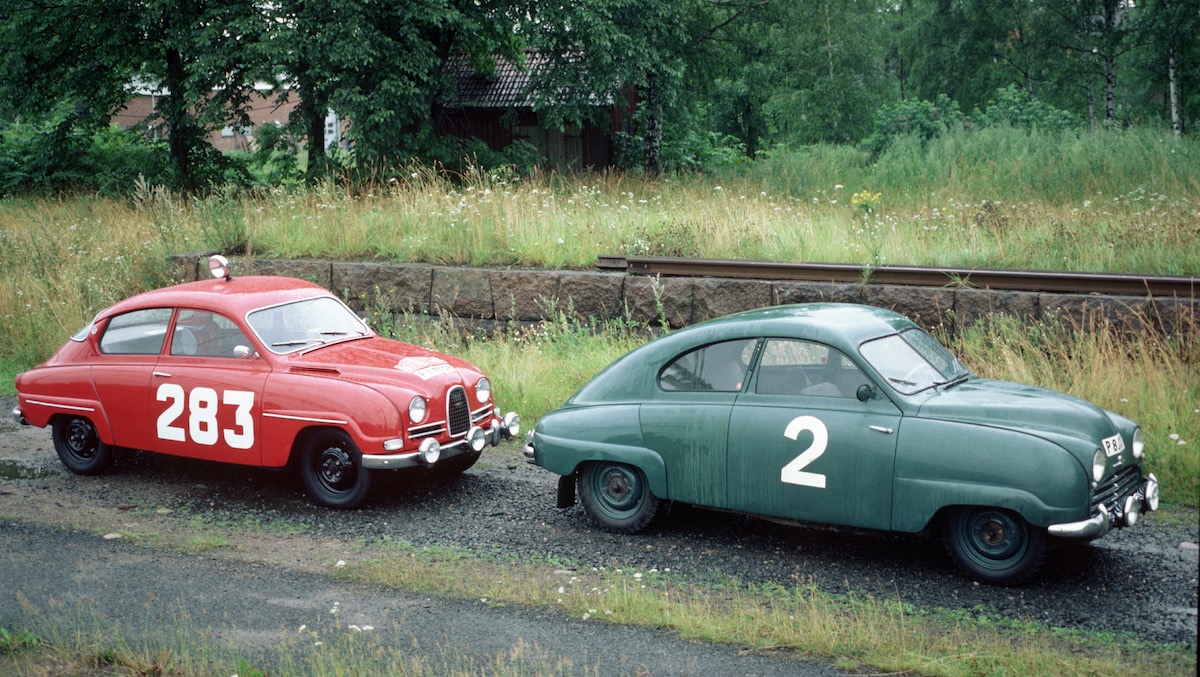
1956 brought the 93 model with a more conventional shape and three-cylinder engine that displaced slightly less at 750cc, but produced a far healthier 42kW.
It was followed in 1960 by the 96, now producing 55kW from an 841cc engine, which brought success to Saab in Europe’s most challenging rallies. Victories included three wins in the British RAC event and two at Monte Carlo in 1962 and 1963, all with Saab stalwart Erik Carlsson driving.
During a lifetime spent pushing Saabs to their absolute maximum, Carlsson perfected left foot braking to set the car up for bends without lifting off the throttle and losing momentum.
It was said by rivals that Saabs with their front-wheel drive and limited engine power would only do well when the roads were icy. Wins in the hot and dry Acropolis Rally in Greece, along with second place twice in the Liège-Sofia-Liège road race dispelled those suppositions.
A brief history of automotive rallying
Automotive ‘rallying’ was devised as a test of durability for vehicles racing over public roads in often difficult driving conditions. The object was to arrive first at a destination that may not have even been known to competitors when they set out.
The rally is one of motorsport’s most enduring contests, originating with journeys like the Peking-Paris event that first ran in 1907 and took two months to complete. The USA’s first known rally event was held as early as 1895, while the 1000km-plus Glidden Tours followed between 1904-1913.
Most prestigious of the European events was the Monte Carlo Rally, which saw cars start from different locations and negotiate various navigational tests and driving challenges before arriving in the Principality. First run in 1911, the ‘Monte’ has been won by a wide range of models and was the first major motorsport event to be dominated by front-wheel drive cars.
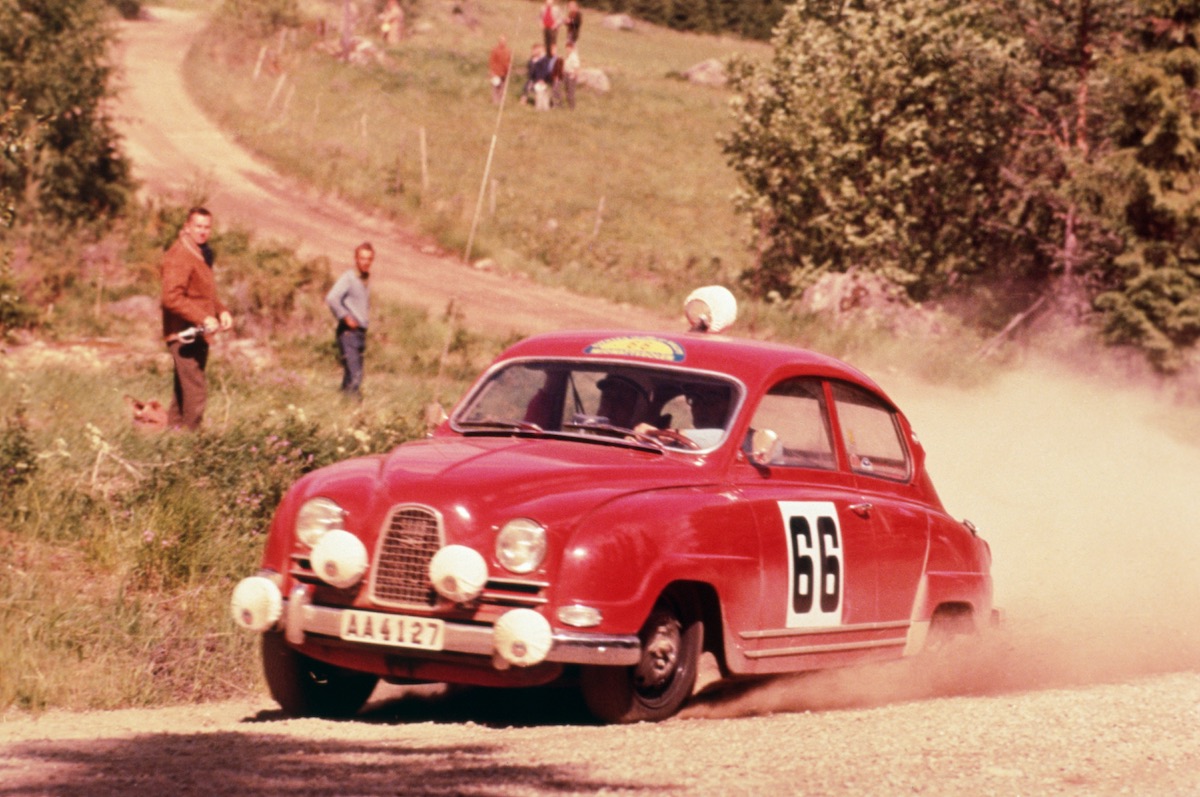
Europe was always the arena most likely to initiate change. Public interest even in minor rallies was intense, and when the World Rally Championship (WRC) was introduced in 1973, it would see the roads lined so thickly with spectators that drivers could barely find a path through the crush.
European and British brands were initially dominant in World Rallying. Then came an assault by Japanese manufacturers that saw Subaru, Toyota, Mitsubishi, Nissan, and Mazda all involved and winning at various times.
As the Centuries turned, new criteria for rally car design were being devised, resulting in today’s WRC cars being faster almost everywhere than previous types and significantly safer thanks to improved brake, tyre, and suspension technology. Mind you, the cars that ran during the Group B era with its wafer-thin rule book will forever remain unchallenged when it comes to speed.

